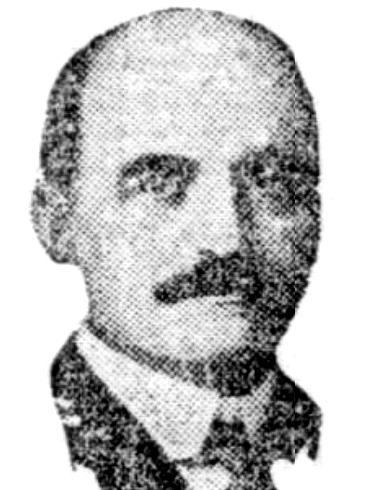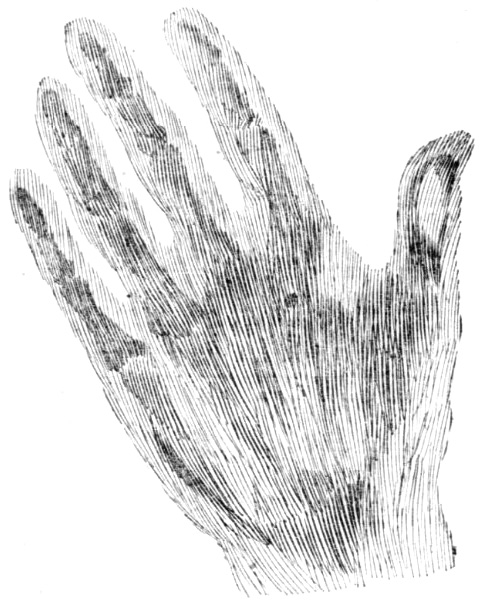James Burry, MD, 1853-1919
By Emma Florio, Special Collections Library Assistant
 |
|
Portrait of Burry, Chicago Tribune, October 18, 1919.
|
James Burry was born in Montreal, Canada, and came to the United States as a young man. He enrolled at Chicago Medical College (precursor to the Feinberg School of Medicine) in 1873 and earned his MD in 1875. He married Caroline Sherrill in 1879, with whom he would have four children, and then for a short time practiced medicine and ran a drug store in Raub, Indiana, a small town about 100 miles south of Chicago.
In 1883 Burry and his family returned to Chicago, where he established a career as a surgeon for railroads and steel companies, such as the Chicago, Santa Fe & California Railway; the Elgin, Joliet & Eastern Railroad; the Illinois Steel Company; and the Indiana Steel Company. He served as an officer of the Medico-Legal Society of Chicago and of the Northwestern University Medical School Alumni Association and he was a first lieutenant in the United States Medical Reserve Corps.
In 1896 Burry became nationally famous for his early work with X-rays. German physicist Wilhelm Röntgen had first detected this new type of electromagnetic radiation in November 1895 and published his findings on December 28, 1895. Less than two months later, in early February 1896, Burry began to experiment with x-rays to determine how they could be used to aid his surgical work.
 |
|
Illustration of an early x-ray taken by Burry and Scribner, Chicago Tribune, February 9, 1896.
|
On February 7, Burry and electrical engineer Charles Scribner produced what may have been the first x-ray images taken in Chicago, creating radiographs of their own hands. On February 11, Burry and Scribner took x-rays of a man’s palm to locate buckshot left there from a gunshot wound. Burry then used these images to guide himself during surgery to remove the shot. Multiple sources describe this as the first practical application of x-rays in the United States, as opposed to creating the image for its own sake, as other early experimenters were doing. Burry continued to use x-rays to guide his own surgical work and that of other Chicago surgeons, including Christian Fenger and J. B. Murphy, both professors at Chicago Medical College and its later incarnation Northwestern University Medical School.
James Burry died on October 16, 1919. His body was found on railroad tracks that night in downtown Chicago, leading to a variety of speculation by police and family members as to what had happened. In the end, a coroner’s inquest found some indication of having fallen off a train but no evidence of foul play. His importance in the Chicago medical community is demonstrated by the prominent names included in a list of honorary pallbearers at his funeral, many of whom had ties to Northwestern: Frank Billings (Dean of Rush Medical College), Franklin H. Martin (founder of the American College of Surgeons), and John Ridlon (pioneer of orthopedic surgery), among others.
Thirteen years after his death, Burry’s widow gave Northwestern University Medical School an album of 18 x-ray prints created by Burry. They date from February 7 to February 12, 1896, making them some of, if not the, earliest x-rays taken in Chicago. The album is now part of Galter Special Collections and is currently undergoing conservation treatment to ensure this unique part of Chicago's medical history is preserved.
Selected References
"Those Roentgen Rays." Los Angeles Times, February 13, 1896.
"Dr. Burry Found Dead of Railway." Chicago Daily Tribune, October 17, 1919.
"Will Use the X Ray." Daily Inter Ocean (Chicago, IL), April 25, 1896.
Updated: March 7, 2024